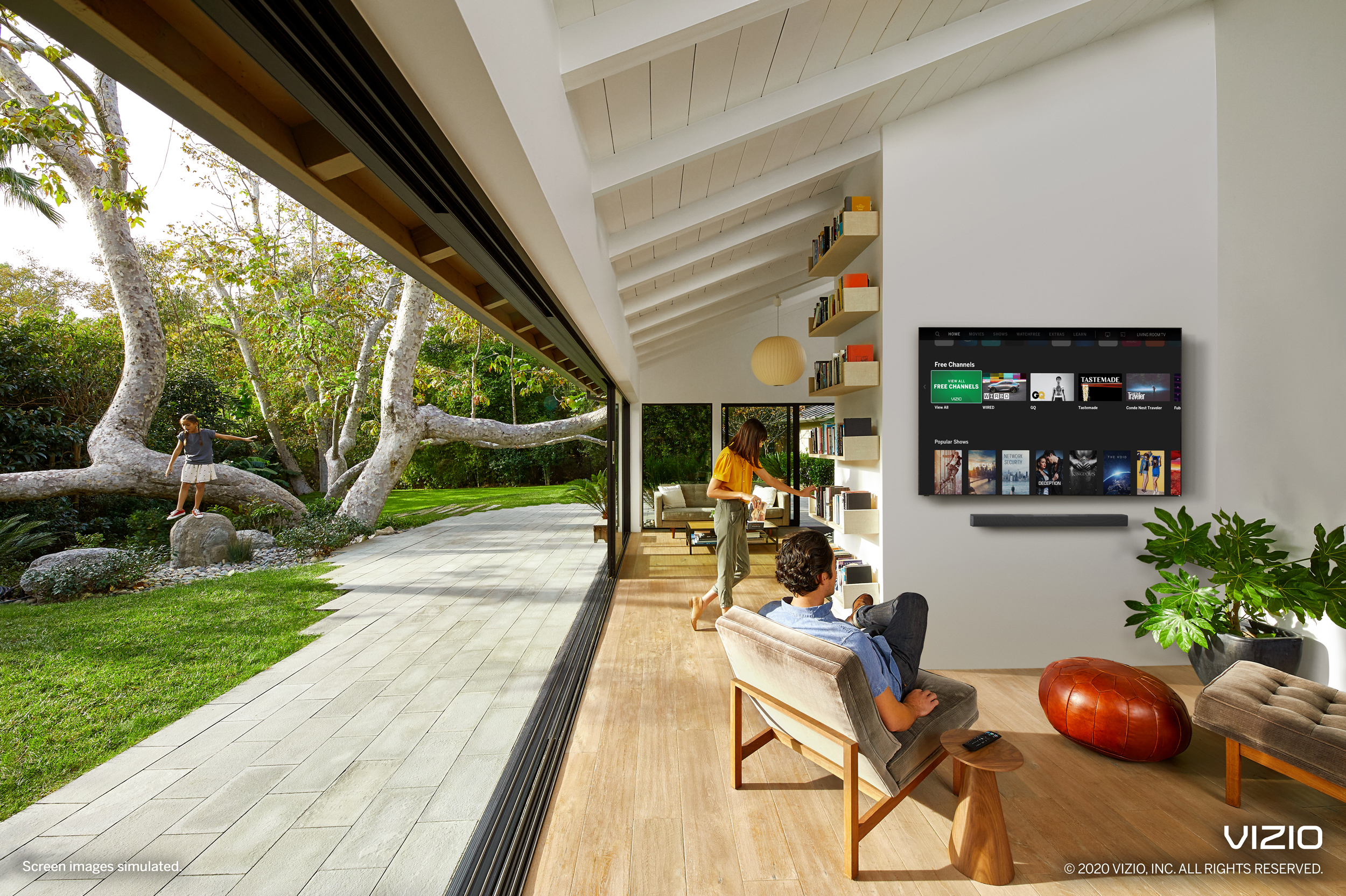B&C Guest Blog: Smart TV Home Screens: 'The Last Gas Station for 40 Miles'
Many networks are now asking themselves “how can we entice TV viewers back?”

Channel surfing has been a staple of linear TV for decades, with viewers jumping around from show to show constantly in search and discovery mode. Now, that experience is starting to make its way to the streaming environment, with 66% of younger viewers (18-34) choosing OTT for channel or program surfing.
And during current lockdowns, reports show that the average American is watching more than 8 hours of total TV per day, with the majority of that viewing spike occurring on streaming. But many households -- due to ongoing economic uncertainty, which is only accelerating the current cord-cutting movement -- are increasingly turning to free TV options. To dig deeper, AVOD services like Pluto, Tubi, Xumo and WatchFree continue to see exponential increases in viewer consumption as the stay-at-home advisories go on (up 108% in the first week of April compared to the first week of March).
At the same time, linear is currently lacking programming staples like live sports and tentpole events, resulting in the competition with the streaming environment heating up even more during quarantines. And even with sports slowly starting to come back, many networks are now asking themselves a much bigger question: “how can we entice TV viewers back?”

Linear’s Last Chance
You’ve likely heard of the term “death-scroll,” and chances are even higher that you’ve engaged in this behavior. It’s signified by that “interminable amount of time spent deciding what to watch” — before finally coming to an agreement with friends and family after two hours that you will just watch The Office for the 100th time. And once viewers get into that streaming environment, then click and start scouring Netflix for something to watch, linear has lost them.
To combat this, advertisers are increasingly turning to Smart TV home screens, which enable networks to showcase their content and trailers in attractive ad units. It also provides granular, deterministic measurement capabilities that pinpoint exactly how many people saw the ad and actually did flip back over to linear to watch the program.
Smart TV home screen units are increasingly becoming the last opportunity and touchpoint for an advertiser in the linear space to express their value prop, and actually get somebody to go back to the linear environment before they most likely get lost for five hours in the streaming environment. In other words, Smart TV home screens are the last gas station for 40 miles.
The Difference is in the Device
OTT has seen undeniable growth in the past few years, with more than 74% of U.S. households subscribing to at least one of the major streaming services. But many players in the space are solely focused on streaming TV, and are not going to send someone back into linear because there's a good chance their whole pitch and revenue model is about cord-cutting.
But the future of TV -- at least for the next 10 years -- will rely heavily on a holistic, cross-platform look at both the linear and streaming environments. And when everything's blended and scattered, the Smart TV home screen is the best option for search and discovery, whether that be the linear or the streaming environment. Additionally, leveraging the device home screen for search and discovery will benefit both advertisers and content providers by driving audience curation for specific genres, which creates premium environments for networks (high CPMs) and brands (passionate viewers).
There’s no denying that linear plays an essential role in the TV advertising landscape, accounting for more than $70 billion in ad spend last year. But with nearly 25% of U.S. households expected to cut the cord by 2022 (a trend that is only being accelerated by the current coronavirus pandemic), traditional TV has an uphill battle trying to attract viewers back to linear programming. The best way for linear to reverse this trend is by connecting and communicating a value prop to consumers as soon as they power up their Smart TV. Otherwise, those viewers are lost for good.
Author Adam Bergman is VP of Vizio's Platform Business. He is responsible for the go-to-market strategy of Vizio Ads, a platform with one of the largest connected TV footprints in the U.S. His role includes building brand and agency partnership strategy, as well as informing product and marketing decisions.
Broadcasting & Cable Newsletter
The smarter way to stay on top of broadcasting and cable industry. Sign up below
Adam Bergman is VP of Vizio's Platform Business. He is responsible for the go-to-market strategy of Vizio Ads, a platform with one of the largest connected TV footprints in the U.S.
